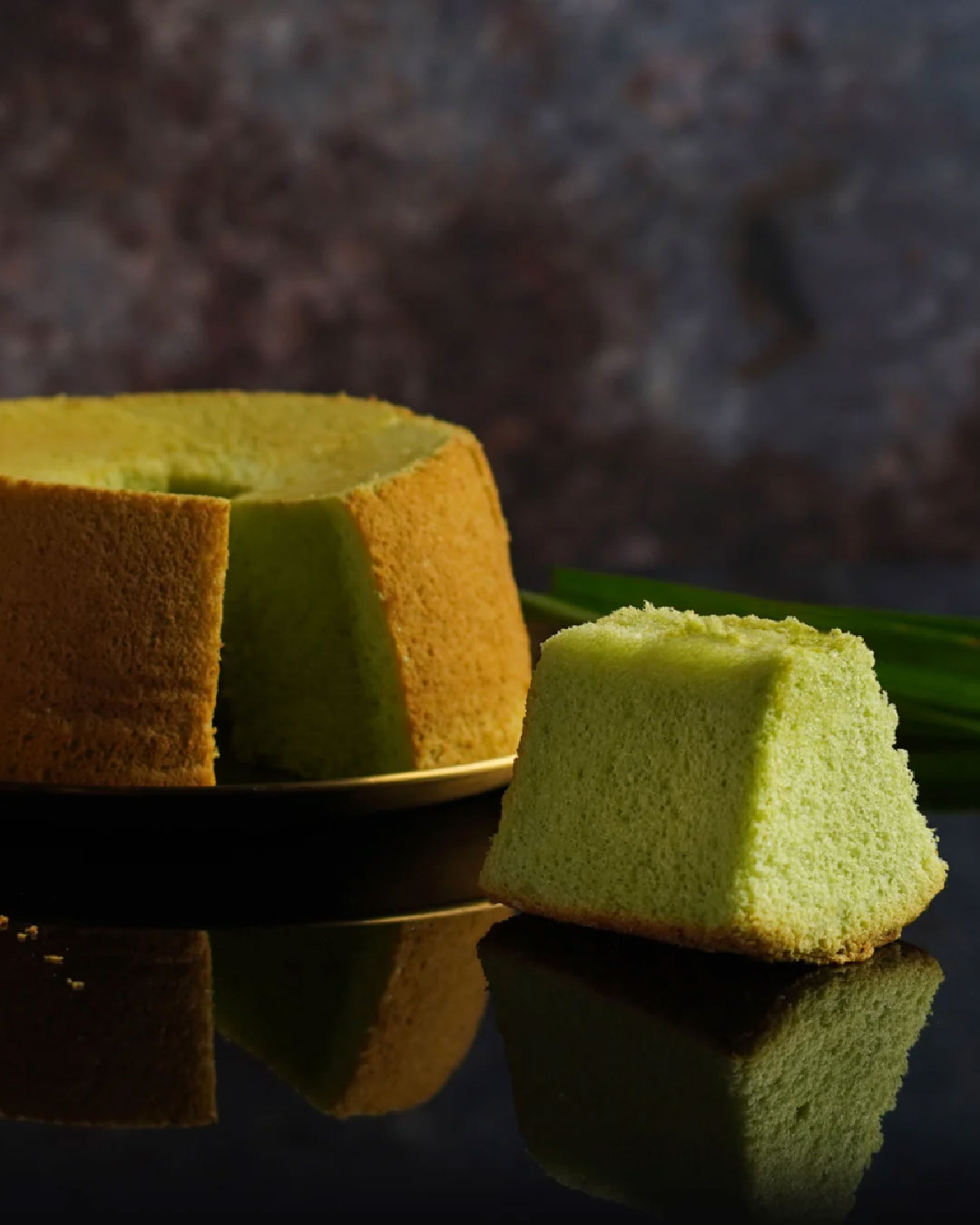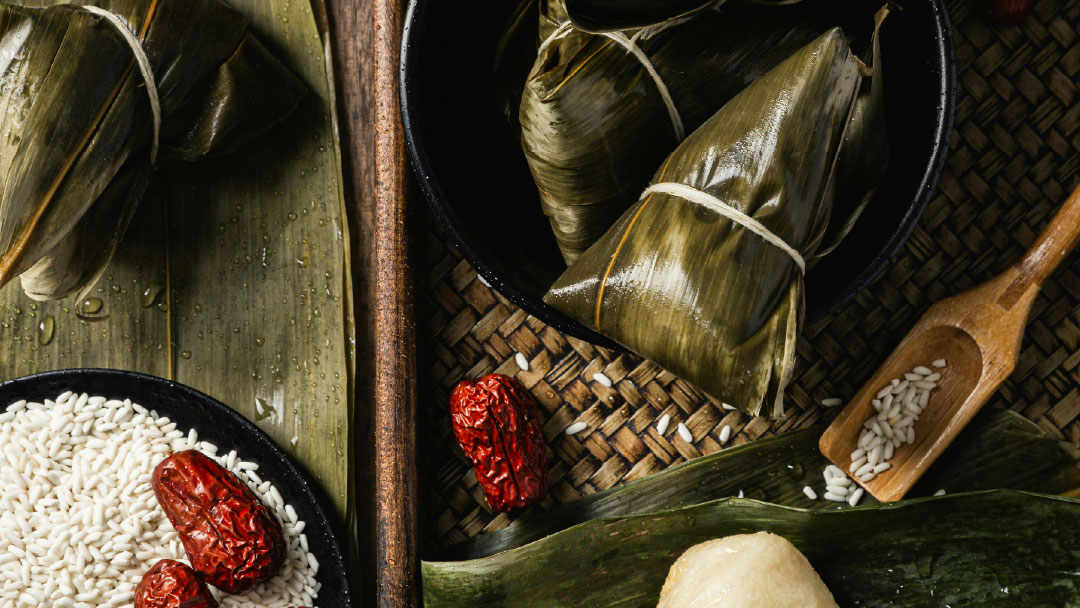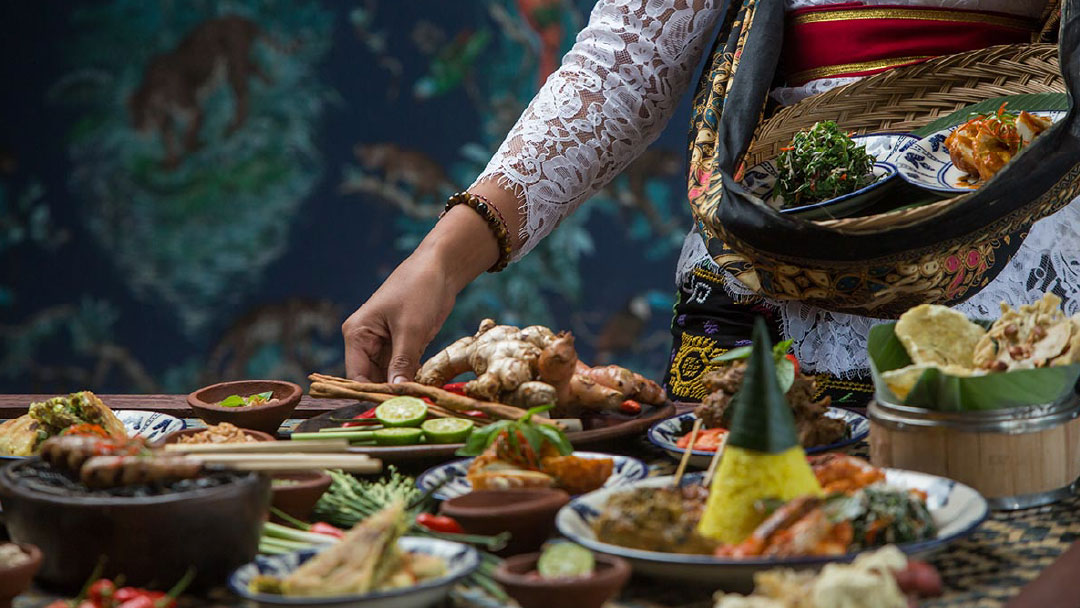Soft. Nutty. Unmistakable.
The taste of pandan is unlike anything else. Often described as a delicate fusion of vanilla, toasted coconut, and almond, its flavour is both comforting and exotic, instantly recognisable across Southeast Asia.
But pandan doesn’t start out this way. In its raw form, the leaves have a grassy, green, and slightly bitter flavour, not unlike fresh-cut grass or green tea. While aromatic, it’s not yet the taste that has made pandan beloved in kitchens across the world.
The real taste of Pandan
That transformation happens through cooking. Traditionally, pandan leaves are boiled, steamed, or infused, releasing their essential oils and unlocking a warm, mellow sweetness. The flavours soften and deepen, revealing those signature nutty, vanilla-like notes that make pandan so versatile and delicious.
At Bandoeng’22, we’ve captured that cooked essence, not the raw leaf, but the evolved, full-bodied taste that emerges through heat, time, and tradition. It’s this flavour that forms the heart of our pandan liqueur.
The subtle note
Pandan doesn’t overpower. Instead, it gently infuses dishes and drinks with a rounded, mellow sweetness that lingers on the palate. It’s the subtle note in a green sponge cake, the rich heart of pandan rice, and now the flavour that lifts cocktails, desserts, and coffee to something truly special.
Its taste is deeply familiar to those who grew up with it and a beautiful discovery for those new to Southeast Asian cuisine. Whether used in traditional recipes or modern creations, the flavour of pandan brings a sense of warmth, home, and heritage.

The aroma of pandan
It’s soft, calming, almost floral. In many Asian households, fresh pandan leaves are tied into knots and placed in rooms or cars — not just to freshen the air, but to bring a sense of peace and serenity. The scent is known to calm the mind, support relaxation and meditation, and in some cultures, it’s even used to prepare the mind and body for prayer or spiritual rituals. More info.
The colour of Pandan
And then there’s the colour. Pandan is naturally green, and that vibrant hue finds its way into everything from rice cakes and jellies to cocktails and coffee. In Southeast Asia, the lush green colour is instantly recognisable as “pandan-flavoured”, a promise of something delicious, familiar, and comforting. More info.
Bandoeng’22 Pandan Liqueur
With Bandoeng’22, we’ve captured all three qualities, taste, scent, and colour in one unique liqueur. A bottle that brings the magic of pandan to bars, kitchens, and moments of quiet indulgence around the world. More info.

























